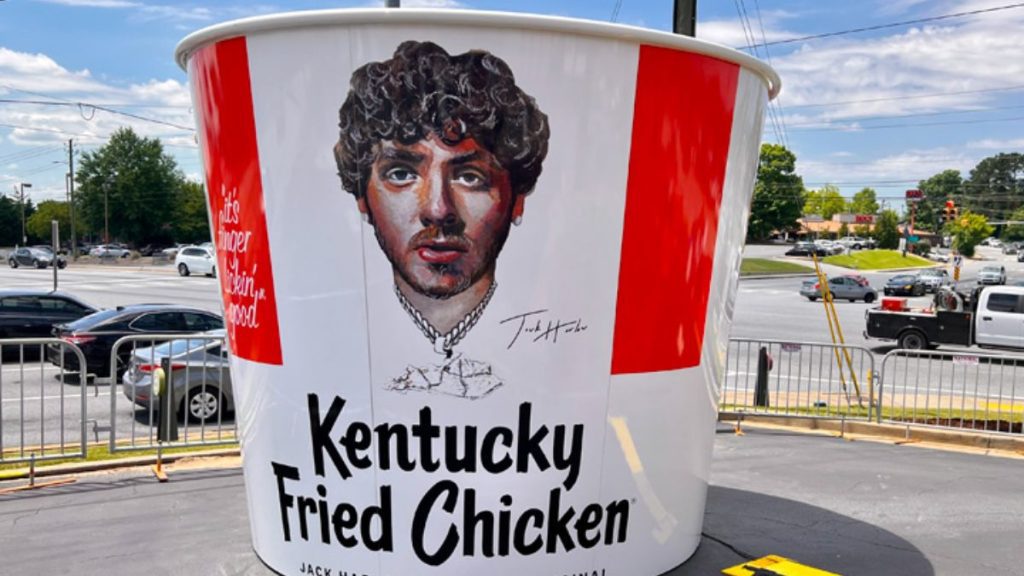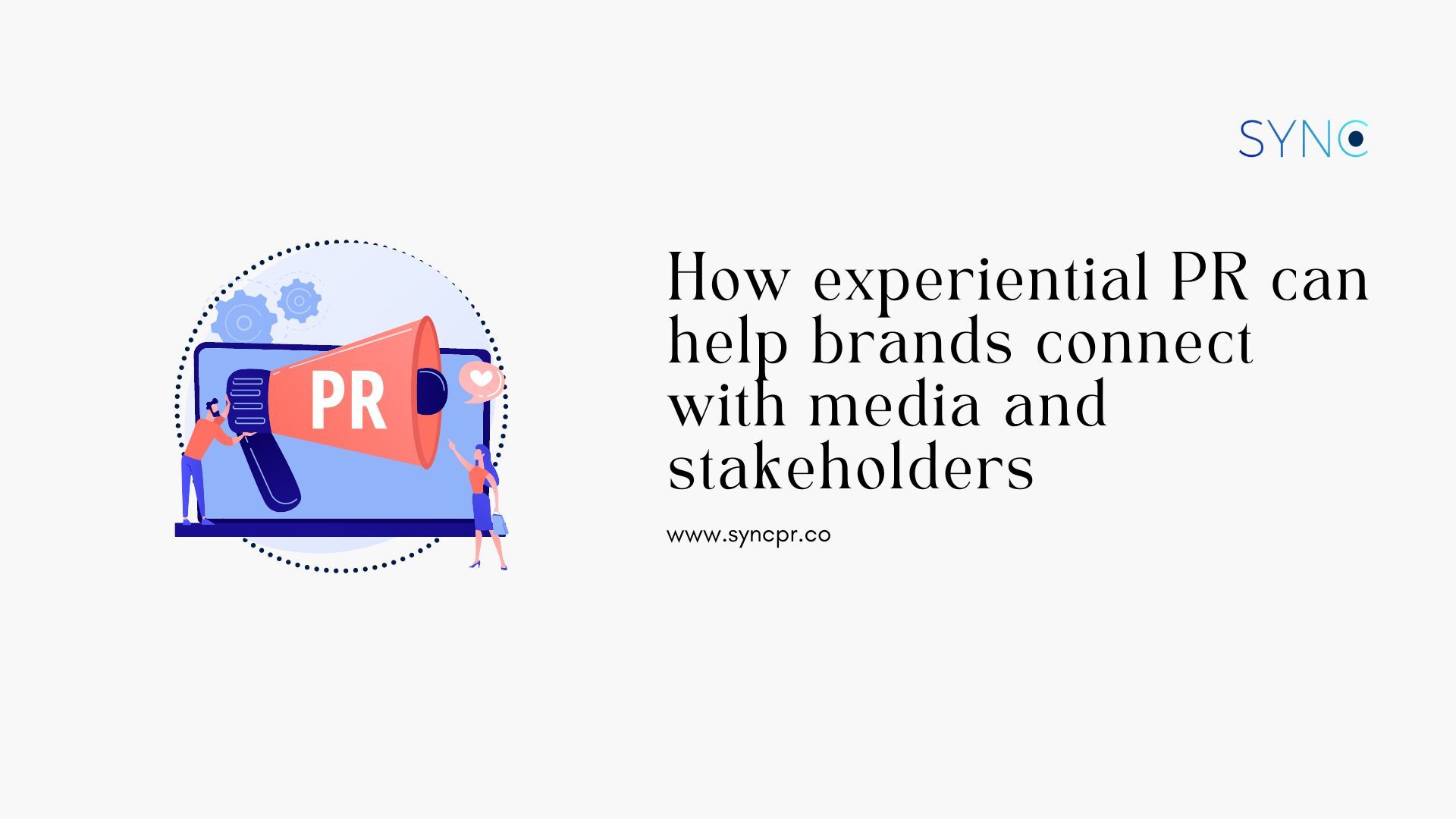Public Relations is as ever-evolving as any industry; the past decade has shown how dynamic and creative many PR agencies have to become in order to keep up with consumers and reach a sizeable audience. Traditional channels for paid media, like advertising, now have a lower impact on reach and the sustaining of their consumers’ interest, while old ‘fear-of-missing-out’ (FOMO) tactics are also going out of style. People are growing more fond of taking part in the experience, which explains why experiential PR and marketing campaigns are gaining more popularity in the industry.
Read our blog to find out about the Secrets of successful PR in Malaysia: Top 10 lessons learned from experience.
So how does experiential PR differ from traditional PR?
Traditionally, Public Relations can be defined as the business of disseminating information from an individual or organisation to the general public through a media channel. This information may include but is not limited to, product releases, events, and general topics of public interest. While this definition applies to both traditional and experiential PR, what sets the latter apart is its emphasis on the importance of involving consumers and audiences of the product or feature first-hand. On top of that, traditional PR was formerly skewed towards the end of and the following up after a campaign, while experiential PR prioritises the publicity of the experience, event or feature itself.
The key to authenticity and earned media
As the world slowly moves away from old PR strategies involving only a select few, like celebrities and influencers, traditional PR may not be enough to attract the right crowd. With paid media channels dwindling down in the wake of ad blockers and ad-free entertainment subscriptions like Netflix and Amazon Prime Video, experiential PR could be the key solution around these roadblocks.
It targets earned media, like unpaid social media posts, press coverage, and word-of-mouth recommendations, as they are often perceived to be less biased and more trustworthy by the public. While this type of media may compete in a more robust and varied pool, PR agencies often find ways to be more creative in order to approach the audience authentically, emotionally, and strategically.
Experiential PR vs Experiential Marketing: What’s the difference?
Just like traditional PR and traditional marketing, experiential PR is different from experiential marketing in terms of their responsibilities and scope of work when running a campaign. While the marketers focus on the campaign execution and marketing strategies that directly reach the target audience and consumers, the PR strategists handle the logistics of the dissemination of the campaign and any face-to-face engagements with media channels.
Additionally, the designated PR team is responsible for the storytelling of the campaign to attract genuine interest from consumers and target audiences. Overall, both of them are part of what makes an experiential campaign whole.
Types of experiential campaigns
There are many types of experiential campaigns that have been done before. In fact, a lot of them may not be extremely novel or groundbreaking to most. Experiential campaigns make the most waves when they fully understand that customer experience is of utmost importance and that their audience’s opinions are of the matter. Some examples include:
- Product launches
- Media briefings
- Exclusive access
- Immersive experiences
- Stunts
- Intimate events
- Product sampling and demonstration
- Guerilla marketing
Case studies
- Campaign type: Stunt, Guerilla marketing, Exclusive access
- KFC x Jack Harlow campaign

In an effort to attract a younger and more diverse audience, KFC partnered with American hip-hop artist Jack Harlow in 2021 to attract his fans by first setting up a food truck outside his first-ever hometown concert in Louisville, Kentucky. In the few days that followed, KFC also had large trucks drive around the city playing Harlow’s music out loud. Eventually, this stunt was also followed by the opportunity for fans to pick up Harlow’s favourite KFC dishes in select locations, with VIP parking included during Order Pick-Up.
- Campaign type: Immersive Experience, Event
- Amazon’s The Aeronauts Experience
In another case, Amazon Studios promoted their new film, The Aeronauts, by creating an immersive 1860s fair to match the film’s theme. The event, called ‘The Aeronauts Experience,’ came with custom hot air balloons that visitors can ride, and was also attended by hired performers like fortune tellers and cartoonists. As guests walked in, they were greeted and guided by Amazon’s Brand Ambassadors and performers dressed in period-appropriate attire through 9 different sections throughout the city park.
Benefits of Experiential PR
If you are thinking of adopting experiential PR in your next campaign, here are some of its major benefits:
- Building an emotional connection with the audience
While one of the main objectives of PR, in general, is to connect with the audience, experiential PR takes it a step further by taking authenticity, first-hand experience, and emotional connection into account. Because of this, it can lead to a more compelling customer experience for a brand’s audience. In a 2016 study by Temkin Group, when customers and target audiences have a positive emotion associated with a brand, their likelihood to trust, purchase and forgive a brand is at least 6 times higher. On top of that, about 7 in 10 customers are more keen to share about a brand or product if they feel an emotional connection to it. As experiential campaigns usually include the chance for clients to try a product or service, it helps to establish a sense of credibility for the brand. On top of that, adopting a more interactive PR model like this could also be used to establish brand identity to increase the likelihood of gaining customers even before penetrating the market by establishing an emotional connection with the target audience.
Additionally, customers are looking to establish a more personal connection with their favourite brands in place of casual and convenient interactions. Through experiential pr strategies, brands can explore a more exclusive and unforgettable customer experience. As customers are more directly interacting with their favourite brands and grow more familiar with the brand’s persona, they may also grow a sense of loyalty to the brand. In fact, their most loyal customers could eventually grow into brand ambassadors if they feel personally connected to the company’s values.
- It can lead to useful analytics
More often than not, experiential pr campaigns open up the opportunity for brands to interact with their audience during live events and track meaningful analytics easily. This includes engagement, attendance, and participation of customers in live events. Furthermore, campaigns often track results and analytics like new social media followers, sales leads and conversions, which will act as a key performance index (KPI) for decision-makers of the brand to have a clearer and more accurate outlook of what works and what does not. By making data-driven decisions, brands can further improve their future efforts, campaigns and events.
- Helps generate positive word-of-mouth
One of the most important details about adopting an interactive PR strategy is its strength in generating positive earned media, particularly through word-of-mouth. Once the story of a brand or product gets picked up as a topic of public interest, it can be easy to get people to start talking and sharing about it. Companies should weaponise the power of social media together with their events or campaigns in order to fully maximise the power of buzz by using methods like specific social media sharing strategies and branded hashtags.
Confused about what PR actually does for your business? Read this blog to find out.
Challenges of Experiential PR

Like any other strategy in PR, experiential PR does not come without challenges. The following are some challenges to take into consideration:
- High cost of execution
As more immersive campaigns would require a more refined and customised approach, this could mean that brands will need more time and resources to execute them perfectly. Other than manpower, the cost of a campaign will also depend on the location, the size of the event and attendees, as well as the technology used as part of the experience to tie it back to the brand.
- Difficulty in measuring success
Additionally, these highly-tailored experiential campaigns may also be tricky to measure when it is outside the scope of data and analytics or is something that has never been done before. To ensure that the campaign can tell you about its ROI, establish the campaign KPIs by answering the following questions:
- What would you consider to be a successful outcome for this campaign?
- What are some of the hallmarks in the process of the campaign that you must complete in order to ensure campaign success?
- What are some non-negotiable KPIs or numbers you need to reach for this campaign to be a success?
- How are you going to track as well as measure the numbers to ensure you meet your campaign goals?
If you can answer these questions, it will be easier for you to decide the most suitable metrics for your campaign so that you can track and measure your campaign’s success.
- Risk of negative backlash
Similarly, just like any other PR campaign, there is always a risk that your campaign is received negatively by the target audience. Ultimately, the best way to reduce this risk is by preparing a risk assessment in advance when strategising a campaign. A risk assessment should comprise the following steps:
- Identify possible risks beforehand and how you plan to mitigate preventable ones or overcome them if it comes up in the future
- Educate yourself and your team on any cultural context and current affairs
- Curate a communications plan preemptively should any backlash come up
- Reassess your plan regularly
Preparing yourself and your team before the crisis hits will not only save you time and trouble, but it can also ensure that you do not let any mistakes slip through the cracks in the first place. As the old proverb goes, prevention is better than cure.
Immerse your audience in the experience
With the rapid growth of the PR industry, brands find it more important to create powerful and compelling campaigns to create more meaningful connections with their audience and customers. Businesses that can take advantage of creative storytelling and establish more exclusive experiences for their audience will ultimately stand out from the crowd; by sharing and spreading brand values this way, companies can also potentially harness the power of word-of-mouth through their loyal customers to further strengthen their presence.
If you are looking for a way to implement experiential PR strategies in your next campaign or are unsure how it can work for your business, get in touch with us today at hello@syncpr.co!

